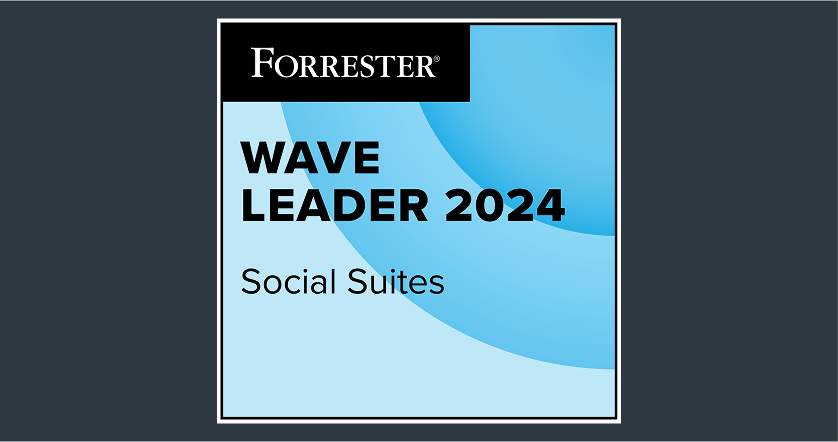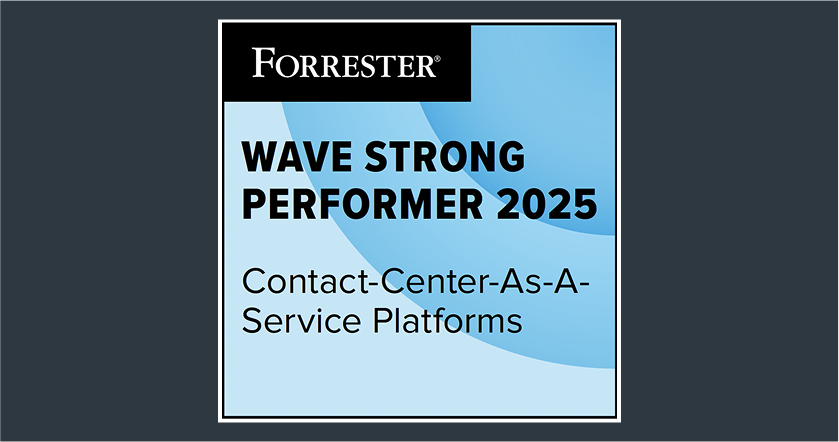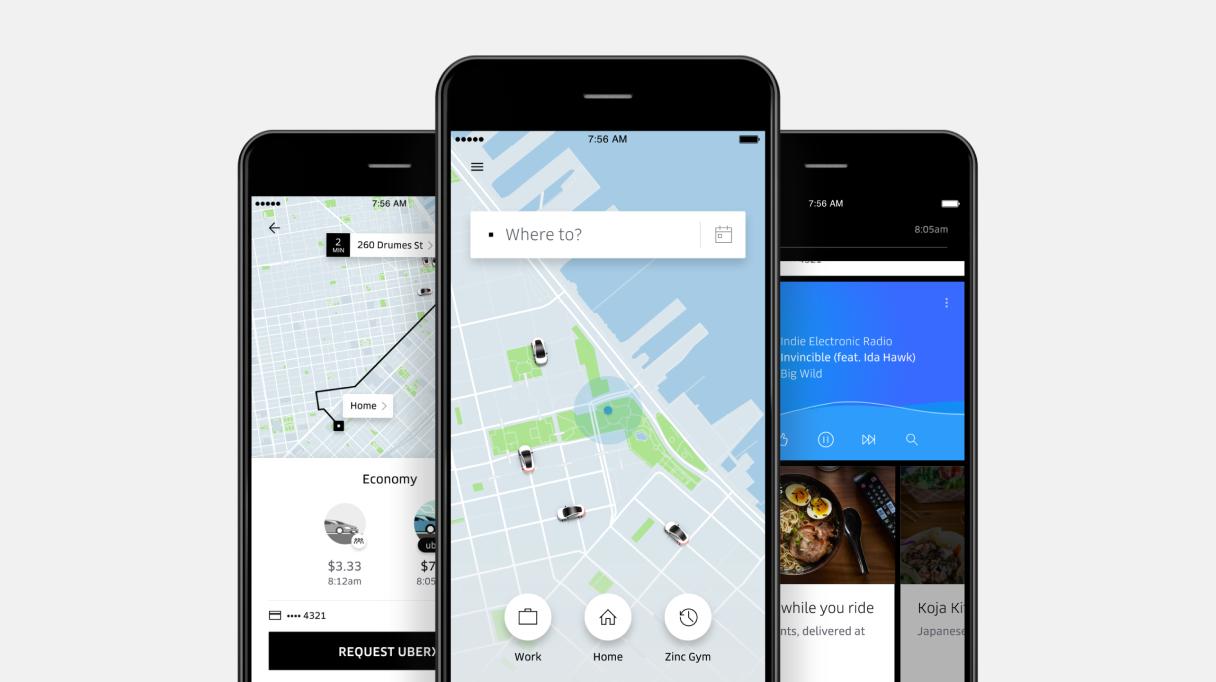What is social shopping?
Social shopping refers to the practice of purchasing products directly on social media. As the name implies, it brings together the best of both worlds — social media and e-commerce.
Brands promote their offerings through social posts, and in some cases, users can make a purchase seamlessly within the same platform, while in other instances, they may be redirected to a different website to complete their purchase.
In the U.S., the average user spends over two hours daily on social media, making these platforms ideal for retailers. As a result, the market has witnessed substantial growth, with studies suggesting an increase from $29.3 billion in 2020 to a projected $84.2 billion in 2024, demonstrating an impressive annual growth rate of 47%.
Social commerce, sometimes used interchangeably with social shopping, is a broader term that includes various commercial activities on social media. It allows customers to buy products, explore and interact, all without leaving the social media app — while social shopping mainly focuses on the buying part.
How does social shopping work?
Social media shopping operates by integrating the shopping experience directly into social media platforms or apps. Here's how it typically works:
Step | Description |
Product display | Showcase products in social media posts (includes images, descriptions, prices and links to product pages) |
Clickable posts | Users click on product images or links for product details |
Seamless shopping | Detailed product page or pop-up is presented on the platform itself (includes product details, reviews and even recommendations related to the product) |
Purchase within platform | Users can add items to their cart, select the required quantity and complete the purchase without leaving the social media app or website |
Payment and checkout | Same app or website integrated with a secure payment gateway, enabling users to enter their payment information and complete their purchase |
Order confirmation | Users receive a confirmation message and order details within the social media app or website or email notifications |
Engagement and sharing | Users can like, comment and share their experiences with their social network |
Integration with e-commerce | In addition to in-platform and in-app shopping, social shopping can also be integrated with a brand's website or online store |
Analytics and reporting | Brands can track user behavior, monitor sales and gather insights from user interactions |
6 reasons why you should use social shopping
Ever wondered why social shopping is a big deal for businesses? Here are six reasons you need to be aware of.
1. Set up digital storefronts: Social shopping allows you to establish online stores on popular social media platforms such as Facebook, Instagram and TikTok. It's similar to having a shop within these apps, providing a seamless online shopping experience for your customers. Consequently, this gives your brand a significant advantage over competitors who haven't implemented social shopping yet.
2. Be where your audience is: Since almost every consumer is present on social media and spending a lot of time there, it's important to meet them where they are. Even though social shopping is more about discovery and inspiration, it allows users to discover brands, interact with peers and purchase
3. Leverage social proof: Social proof plays a pivotal role in how customers perceive your business online. Many buyers rely on customer reviews and recommendations when making a purchase. Social media not only allows you to showcase reviews but also helps attract new followers to your social buying journey, building trust and credibility.
4. Expand your reach: Shopping patterns have changed a lot since the pandemic. Most customers prefer shopping online these days and more than half of them find new brands on social media. Your brand image on social media is important because it can impact how they perceive your brand. By investing in social shopping, you meet changing customer buying patterns, putting your brand right where they look for products. This helps you reach a wider audience and become more accessible to potential customers.
Interesting Read: How to maintain a positive brand image on social media
5. Make use of peer influence: People talk about products and brands on social media all the time. If your brand isn't part of these conversations, you're missing out. Here's why it matters: 93% of shoppers say online reviews affect their choices. And half of them are willing to pay more for products with good online reviews. Social shopping lets you use this peer power to your advantage.
6. Tap into a growing market: The demand for convenient online shopping is on the rise. Since most consumers today make purchases directly from social media platforms, social shopping allows you to tap into this growing market and capitalize on consumers' willingness to buy online.
Social shopping best practices you must know
To get the best results from your social shopping efforts, you need to focus on creating a hassle-free shopping experience for your customers. This means making it easy for shoppers to find and purchase products as well as providing excellent customer service.
Here are five social shopping best practices that can help you stay ahead of the game.
Use social commerce features
Social media platforms like Instagram, TikTok and Pinterest all offer social commerce features that make it easy to sell products directly from your social media profiles. These features include Shoppable posts and Stories, as well as in-app checkout.
Take the example of Instagram Shoppable posts. They allow tagging of your product so that customers can easily tap on the product tag to learn more about the product and purchase it directly from the app.

According to Instagram, 58% of global users say they're more likely to consider purchasing a product or service if they see it in Instagram Stories.
Read More: 3 key takeaways: how to use social commerce to drive retail sales
Identify your top social channels
Not all social media platforms are created equal when it comes to social shopping. Some platforms, like Instagram and Pinterest, are more visually oriented and are better suited for selling consumer goods. Other platforms, like Facebook and LinkedIn, are better suited for generating leads and building relationships with prospects. Once you've identified your top social channels, you can direct your social commerce efforts on those platforms.
For instance, Sephora, with over 22 million followers on Instagram, does a great job of using the platform to sell its products. Its feed is full of high-quality photos and videos of its products, as well as Shoppable posts that make purchasing products from the app even easier.

Leverage social proof and user-generated content
Social proof makes your brand more trustworthy. The logic is simple: people are more likely to trust a brand, product or service if they see that other people have positive things to say about it.
User-generated content (UGC) is any content that is created by customers, such as product reviews, photos and videos. You can put these up on your social media profiles. You can also encourage customers to share their own reviews and photos by hosting contests and giveaways.
Take the example of Glossier. With over 4.3 million followers on Instagram, it does a great job of leveraging UGC on the platform. Its Instagram feed is filled with photos and videos of happy customers raving about its products. This serves as social proof and makes potential customers more likely to trust and purchase Glossier products.

Take full advantage of influencer marketing
Influencer marketing is the practice of working with social media influencers to promote a brand’s products or services. Influencer marketing can be a great way to reach new audiences and improve sales and revenue.
According to Influencer Marketing Hub, 86% of marketers say that influencer marketing is effective. When choosing who to work with, it's important to find influencers whose audience is aligned with your target market. You should also make sure that the influencers you choose have a good reputation and produce high-quality content.
Learn More: Influencer marketing strategies to improve engagement
For instance, Fenty Beauty, founded by the pop queen herself, Rihanna, partnered with her on several influencer marketing campaigns. These campaigns have been successful in improving brand awareness and sales.

Create a seamless customer service experience
It's important to provide excellent customer service to your social shopping customers. This means responding to customer inquiries promptly and resolving any of their product-related issues. You can also set up a chatbot on your social media profiles to field common customer questions.
Interesting Read: The 5 killers of customer care on social and how to save the day for your customers and brand
For example, Gymshark (a fitness apparel brand) is known for its social care. Its customer service team on X (formerly Twitter) is responsive to customer inquiries and is always willing to go the extra mile to help customers.

Key social platforms to maximize your ROI
Consider these key platforms and tools to boost your social shopping ROI.
Being one of the biggest social platforms, Facebook (FB) is great for businesses. People of all ages use it, so you can find your prospects here, no matter your industry. FB and Instagram, both owned by Meta, offer similar social shopping benefits.
You can host live shopping events on FB, where users can chat, react and buy in real time. Plus, with a Facebook business account, you can access the Commerce Manager for insights into shopping behavior and conversion metrics.
FB's shopping features are so extensive that some businesses use them instead of a website. You can showcase your products, chat directly with customers using Messenger and easily share your Facebook Shop on Instagram, WhatsApp and Messenger because they're all part of the Meta family.

Instagram has a huge impact on users' purchasing choices, with 72% making buying decisions based on what they see. You have a range of powerful shopping tools at your disposal on Instagram. You can create themed collections within your Instagram Shop, perfect for showcasing products in line with recent trends or themes. Users can click on items in images and videos, which leads them to the corresponding product pages with prices and website links. Essentially, Instagram's in-app purchasing feature simplifies the checkout process. It also enables you to deliver targeted ads to reach a wider audience. Its visual orientation is excellent for showcasing products through Shop pages, featured posts and ads. Customizable Shops, integrated checkouts and the ability to turn popular posts into ads streamline the shopping process. Features like Stories, search, hashtags, tagging and sharing help you effortlessly reach more potential customers.

While you can't make direct purchases on Pinterest like Instagram or Facebook, it's an excellent platform for promoting products and driving traffic to your e-commerce site. Here's why it's a valuable choice for social shopping:
Product pins: These special pins include essential product details like descriptions, prices and availability, helping users find what they want
Lists: Pinterest users can save pins for future reference, making it easier to rediscover products
It is a shopping inspiration hub, particularly for style, decor and DIY purchases. To boost sales with your Pinterest catalog, effective tagging is essential. Tags help match your products with interested users and provide insights into your marketing campaigns. According to Pinterest, using catalogs and shopping ads can boost ROI by 15%. To make the most of Pinterest:
Create a Pinterest catalog
Upload detailed product information
Let Pinterest connect your products with the right audience

TikTok
TikTok is popular among people from various demographic groups. A striking 92% of users are inclined to buy when they spot a product on TikTok. Its smart algorithm ensures your products reach the right audience, and many users make purchases right in the app. TikTok also hosts an "affiliate marketplace," which has led to a significant increase in influencer marketing on the platform.

Snapchat
Snapchat is at the forefront of innovative shopping experiences on social media. It's a pioneer in bringing augmented reality (AR) to social commerce. With AR on your Snapchat Shop, shoppers can virtually "try on" your products and through Snapchat Lenses, they can compare different products within the platform.

Social shopping examples from top brands
Now let's see how three companies use social media to make shopping engaging, convenient and fun.
1. Walmart's TikTok Shop
Walmart’s TikTok Shop allows customers to purchase products directly from the app. It features a variety of products, including apparel, home goods and electronics.
Back in December 2020, Walmart partnered with TikTok to try something new. It introduced a live streaming experience where U.S. TikTok users could shop directly while watching the stream. It was the first time an experiment of this kind was carried out on TikTok. People from the TikTok community loved the opportunity to shop while interacting with their favorite creators, and during the event Walmart got seven times more views than expected. Plus, their TikTok following shot up by 25%.

2. Sephora's Beauty Insider community
This is an online forum by Sephora (launched in 2017), where customers share product reviews, recommendations and even make purchases directly on the forum. Users upload their photos, share make-up looks and engage in product discussions.
This community builds trust and engagement among Sephora's customers, leading to increased brand loyalty and higher conversion rates.

3. Amazon Live
This is a “shopping experience” where influencers and brands livestream product demonstrations, Q&A sessions and promotions.
Customers can directly shop for the featured products while watching the corresponding stream. This feature provides a dynamic and interactive shopping experience, leading to increased sales and better product understanding among customers.

Time to take up your social shopping live
Social shopping is an approach where users not only shop but also connect with their peers. It's already become a key driver of e-commerce sales.
To be successful, effective management and growth of your social media business accounts is essential. That's where Sprinklr Social comes in. It simplifies the process, helping you expand your business across multiple platforms effortlessly.
With Sprinklr, you can easily create engaging content, schedule posts and monitor customer interactions, all from a user-friendly dashboard. In the ever-changing digital commerce landscape, it could be your trusted ally, making social shopping a rewarding journey.
Frequently Asked Questions
To get started, create a business account on a supported platform, set up a shop, list your products and engage with your audience through interactive content.
Thank you for contacting us.
A Sprinklr representative will be in touch with you shortly.
Contact us today, and we'll create a customized proposal that addresses your unique business needs.
Request a Demo
Welcome Back,
No need to fill out any forms — you're all set.







![The Best Time to Post on LinkedIn [By Days & Industry]](https://images.ctfassets.net/ukazlt65o6hl/dwAyaQmzYQJRQGd34YkeR/8ea930b229b90a4d3b7d6521a2272ff3/Banner_image.jpeg?w=750&h=428&fl=progressive&q=70&fm=jpg)